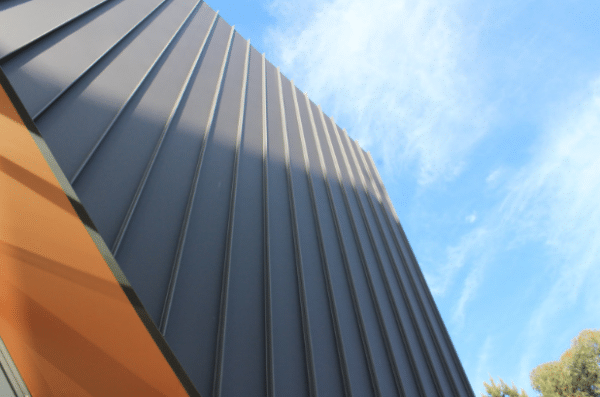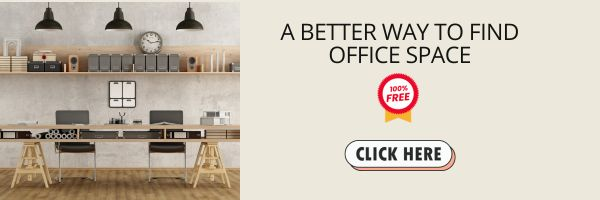Choosing the right siding for your commercial building is crucial for both aesthetic appeal and durability. The exterior of your property serves as its first impression, influencing how clients, customers, and visitors perceive your business. With numerous options available, selecting the best commercial exterior siding requires careful consideration of factors like maintenance, weather resistance, and cost-effectiveness.
1. Fiber Cement Siding
Fiber cement siding is renowned for its durability and low maintenance. Made from a blend of cement, sand, and cellulose fibers, this siding option offers excellent resistance to fire, insects, and rot. Consider options suggested by quality siding contractors in Everett for the best local advice. This type of siding is available in various textures and can mimic the look of wood, stucco, or masonry. Fiber cement siding is ideal for businesses looking for a long-lasting, versatile solution that withstands harsh weather conditions without fading or warping.
Maintenance
Unlike wood siding, fiber cement requires minimal upkeep. It does not need to be painted as frequently and is resistant to moisture and pests, reducing the risk of rot or mold growth. Periodic cleaning with water and mild detergent is usually sufficient to maintain its appearance, making it a practical choice for busy commercial properties where maintenance resources may be limited.
Versatility
Fiber cement siding comes in a variety of textures and colors, allowing businesses to achieve different architectural styles and aesthetics. It can mimic the appearance of traditional wood siding, stucco, or even brick, providing flexibility in design choices without compromising on durability or performance. This versatility makes fiber cement a popular option for both modern and traditional commercial buildings.
2. Metal Siding
Metal siding, often made from aluminum or steel, is prized for its strength and modern aesthetic. It’s highly durable, and resistant to fire, rot, and pests, making it a practical choice for commercial properties. Metal siding requires minimal maintenance and is available in a range of finishes, including smooth, embossed, and corrugated styles. It offers excellent energy efficiency and can be recycled, appealing to environmentally conscious businesses.
Energy Efficiency
Metal siding reflects solar heat rather than absorbing it, which can help reduce cooling costs during hot weather. Some metal siding products are also available with insulation backing, further enhancing energy efficiency and thermal performance. This can be particularly beneficial for businesses looking to minimize their environmental impact and operational expenses over time.
Installation Considerations
Metal siding is lightweight compared to other materials like brick or concrete, which can simplify the installation process and potentially reduce labor costs. It can often be installed directly over existing siding, saving time and minimizing disruption to business operations during renovation projects. However, proper installation is crucial to ensure weather resistance and structural integrity, requiring skilled contractors familiar with metal siding techniques.
3. Vinyl Siding
Vinyl siding remains popular due to its affordability, versatility, and ease of maintenance. It comes in an array of colors and styles, including options that mimic wood shakes or traditional clapboard. Vinyl siding is resistant to moisture, insects, and fading, making it suitable for businesses in diverse climates. It’s lightweight and easy to install, reducing labor costs and downtime during renovations or new construction projects.
Affordability
Vinyl siding is one of the most cost-effective siding options available, making it suitable for businesses operating within tight budget constraints. Its affordability extends beyond initial purchase costs, as vinyl requires minimal maintenance and does not need to be repainted. This can result in significant savings in maintenance and upkeep expenses over the life of the siding.
Insulation Properties
Some vinyl siding products feature insulation backing or can be installed with additional insulation materials. This improves the building’s thermal performance, reducing heating and cooling costs throughout the year. Enhanced insulation can also contribute to a quieter indoor environment by reducing external noise infiltration, which may be beneficial for businesses located in busy urban areas or near high-traffic zones.
4. Brick Siding
Brick siding exudes timeless elegance and offers exceptional durability. Made from fired clay, brick siding is resistant to fire, pests, and harsh weather conditions. It requires minimal maintenance and retains its color and texture for decades, providing a classic look that enhances the curb appeal of commercial properties. While initially more expensive than some alternatives, brick siding adds long-term value and can contribute to energy efficiency by providing natural insulation.
5. Wood Siding
Wood siding appeals to businesses seeking a natural, rustic aesthetic. Cedar, pine, and redwood are popular choices for their durability and natural resistance to insects and decay. Wood siding can be painted or stained to achieve a custom look and offers excellent insulation properties, reducing heating and cooling costs. However, it requires regular maintenance, including staining or painting every few years to protect against moisture and UV damage.
Customization Options
Wood siding offers extensive customization opportunities through various species, finishes, and installation patterns. Businesses can achieve a unique appearance that reflects their brand identity or architectural preferences, whether opting for rustic cedar shakes, traditional clapboard, or contemporary board-and-batten designs. This versatility allows for creativity in exterior design while maintaining the natural beauty of wood.
Environmental Considerations
Wood siding is a renewable resource when sourced from responsibly managed forests. Businesses can choose certified sustainable wood products to support conservation efforts and reduce environmental impact. Additionally, wood siding is biodegradable and can be recycled at the end of its useful life, further enhancing its eco-friendly credentials compared to non-recyclable siding materials.
6. Stucco Siding
Stucco siding is a traditional choice known for its durability and weather resistance. Made from cement, sand, lime, and water, stucco creates a seamless, textured finish that enhances the architectural appeal of commercial buildings. It’s highly durable, fire-resistant, and offers excellent insulation properties. Stucco siding requires professional installation but provides a long-lasting, low-maintenance solution that can be customized with pigments for unique color variations.
Choosing the best commercial exterior siding involves balancing factors like durability, maintenance requirements, aesthetic preferences, and budget constraints. Each siding option offers distinct advantages suited to different business needs and architectural styles. By selecting the right siding material, you not only enhance the appearance of your commercial property but also invest in a long-term solution that withstands the elements and contributes to energy efficiency. Consult with a qualified contractor to explore these options further and ensure your choice aligns with your business’s unique requirements and goals.


